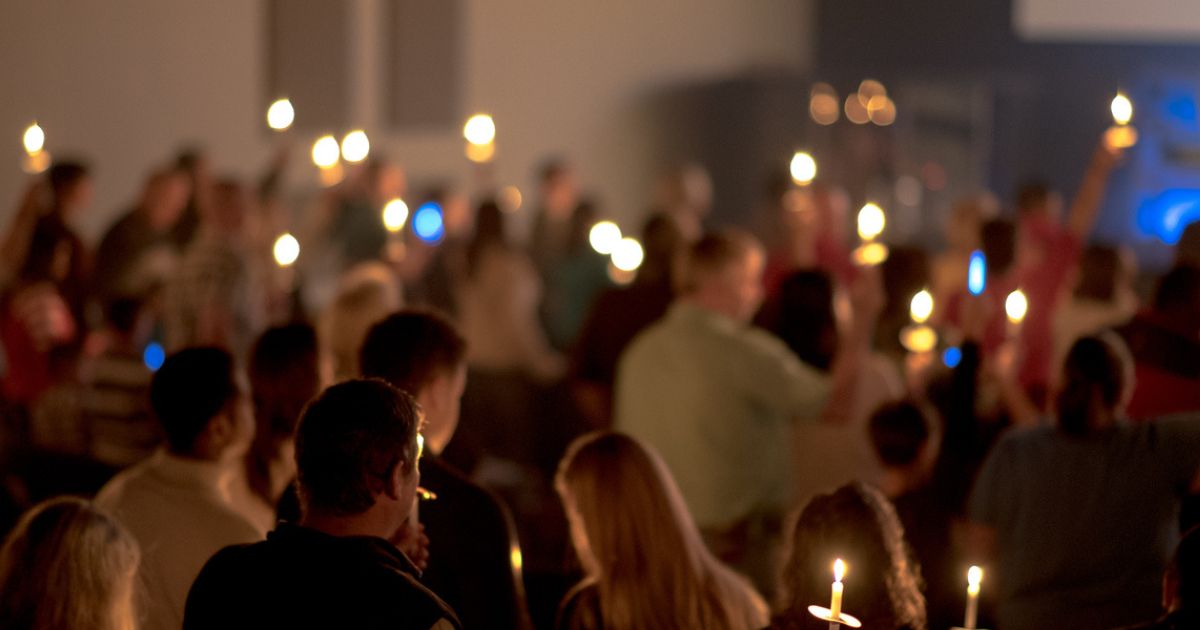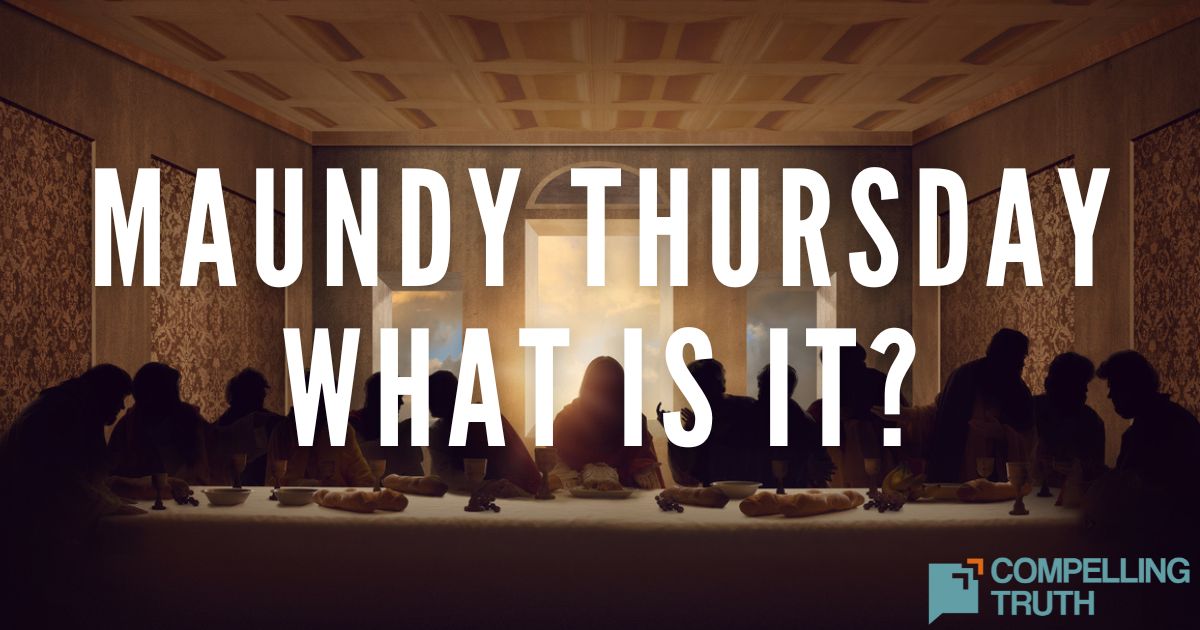The Easter Vigil is a liturgical service that celebrates Jesus’ resurrection, moving believers from the solemnity of Lent to the joy of Easter. It begins with the Service of Light, where the Paschal Candle symbolizes Christ as the light of the world, followed by readings from Scripture and responsorial psalms that reflect God’s redemptive work (e.g., Psalm 16, 30, 104, 117). The Service of Baptism emphasizes that water baptism represents Christ’s death, burial, and resurrection (Matthew 3:3-17, 27:45-56; Mark 15:33-41; Luke 24:1-12). The Service of Communion reminds believers to proclaim Jesus’ death until His return (Matthew 28:18-20; Mark 16:15; John 20:21-22). While many elements are rich in symbolism and biblical references, some practices—such as using baptism or communion as initiation rites—misrepresent their biblical meaning. The Easter Vigil serves as a transition from repentance to rejoicing, allowing congregants to reflect on Christ’s victory over sin and death (1 Corinthians 15:54-57). Although the ceremonies are meaningful, salvation comes only through faith in Jesus, not the rituals themselves. Overall, the Vigil powerfully unites Scripture, tradition, and worship to celebrate new life in Christ and inspire believers to live in His light while proclaiming Jesus’ death and future return (1 Corinthians 11:26).
An Easter Vigil is a church service in highly liturgical churches—like Catholic, Lutheran, Anglican, Methodist, Reformed, and Eastern Orthodox—that marks Jesus' passage from death to life. The service begins after sundown on Holy Saturday (sometimes beginning at midnight) and ends before daybreak on Easter Sunday. Because it commemorates Jesus' resurrection and is the culmination of the season of Lent, the Easter Vigil is considered the most important service of the liturgical year. These services can vary slightly among denominations, but they all follow the same pattern. The liturgy consists of four parts: the Service of Lights, the Service of the Word, the Service of Baptism, and the Service of Communion. Due to these elements, this service runs much longer than those churches' typical services usually last.
The Easter Vigil begins with the Service of Light where the congregation typically gathers around a fire outside, where a large candle (the Paschal Candle) is lit. This candle represents that Jesus is the light of the world, rising in glory, to scatter the darkness of our hearts and minds. The candle will be lit on each Sunday until Pentecost Sunday. Incense is also lit and the congregation walks in procession behind the incense and Paschal Candle into the darkened church. This procession represents how these Christians now follow the risen Christ like the Israelites followed God as a cloud by day and a pillar of fire by night (Exodus 13:21–22). The lights of the church are then turned on and the Easter Proclamation (also known as the Exsultet) is announced. This poetic text points to Christ's victory over evil, deliverance from sin, and the joy of reconciliation with God.
After this proclamation about salvation, the Service of the Word (also called Lessons) begins. During the Service of the Word, usually seven (but can be as few as three or as many as twelve) passages of Old Testament scripture are read along with two passages of New Testament scripture (one from an epistle and one from a gospel). After each reading, there is also a responsorial psalm (often Psalm 117) where the congregation responds with "Alleluia." Following these numerous readings is a time of silence before prayers are said. Finally, the homily (or sermon) is preached, which concludes the Service of the Word.
Following the Service of the Word, the Service of Baptism takes place. At this time, adult congregants who want to officially join the church are baptized and confirmed, welcoming them as new members in the congregation. Even if there are no candidates for baptism, the water is blessed and this section of the Vigil remains an integral part of the service.
Following baptism is the Service of Communion (also called Eucharist) when new members partake of the Lord's Supper for the first time along with the other members of the church. After taking communion a solemn blessing is pronounced and the Easter Vigil is finally concluded.
With these ceremonial elements, church-goers have recalled Jesus' resurrection and the effects His death and resurrection can have in the lives of those who place their faith in Him. These types of services can be beautiful and full of meaning for many believers, but these rites, rituals, and ceremonial traditions do not provide salvation. We are saved by God's grace alone through faith alone (Ephesians 2:1–10; cf. Ephesians 1:3–14; John 3:16–18).




